BAW2276
source : Wikipedia
British Airways Flight 2276 was a scheduled international passenger flight from Las Vegas, Nevada, to London, England. On 8 September 2015, the Boeing 777-200ER operating the flight suffered an uncontained engine failure and fire in the left (#1) GE90 engine during take-off from Las Vegas-McCarran International Airport, prompting an aborted take-off and the evacuation of all passengers and crew. All 170 people on board survived, but 20 occupants were injured.
The aircraft left Terminal 3, Gate E3, at 15:53 local time, and began its take-off from Runway 07L at 16:12 where the accident occurred.[4]
After noticing what the pilot later described as a "catastrophic failure of the engine"[5] well before take-off speed, the flight crew aborted the take-off by using the aircraft's brakes and ordered an evacuation of the aircraft.[6] All 170 passengers and crew escaped. One occupant was seriously injured, and others sustained minor injuries.[7] The aircraft had reached a speed[a] of approximately 90 miles per hour (78 kn; 140 km/h) when the decision to abort was made;[7] far below the takeoff decision speed of the aircraft, which for this flight was about 170 mph.[b]
The airport's emergency services extinguished the fire within five minutes of the mayday call. Twenty people were injured, mostly from sliding down the escape chutes; one seriously;[7] casualties were treated at Sunrise Hospital & Medical Center.[5][9] The fire caused a large hole in the cargo hold and damage to the engine.
The Federal Aviation Administration (FAA) indicated the fire was caused by failure of the left General Electric GE90 engine, one of two fitted on the aircraft.[10] There was a slight left-to-right wind across the runway,[11][c] causing the fire to be blown towards the fuselage; the aircraft sustained localised, but major, structural damage as a result.[12] The aircraft was equipped with suppression systems, though the systems did not extinguish the fire.[9]
The runway, one of four, was closed, and several inbound flights were cancelled.
The National Transportation Safety Board (NTSB), the American air accident investigative body, dispatched four investigators to the site the day after the accident.[22] As well as FAA, Boeing and General Electric involvement, the British Air Accidents Investigation Branch had a representative and that representative appointed "British Airways and the UK Civil Aviation Authority as technical advisors". Initial NTSB findings were that an uncontained engine failure had occurred and that the "left engine and pylon, left fuselage structure and inboard left wing airplane were substantially damaged by the fire".[23] On 6 October 2015, the NTSB issued an update stating that the accident was traced to the failure of the "stage 8–10 spool in the high-pressure compressor section...liberating fragments that breached the engine case and cowling".[24] The NTSB released their final report 2 years and 10 months later. The cause of the accident was determined as:
The failure of the left engine high-pressure compressor (HPC) stage 8-10 spool, which caused the main fuel supply line to become detached from the engine main fuel pump and release fuel, resulting in a fire on the left side of the airplane. The HPC stage 8-10 spool failed due to a sustained-peak low-cycle fatigue crack that initiated in the web of the stage 8 disk; the cause of the crack initiation could not be identified by physical inspection and stress and lifing analysis. Contributing to this accident was the lack of inspection procedures for the stage 8 disk web.
The aircraft was repaired and resume its service with British Airways as of May 2025.
Specifications
General Characteristics
- Predecessor BOEING B777-200
- Created On Android
- Wingspan 196.9ft (60.0m)
- Length 209.3ft (63.8m)
- Height 62.3ft (19.0m)
- Empty Weight N/A
- Loaded Weight 148,615lbs (67,410kg)
Performance
- Power/Weight Ratio 0.408
- Horse Power/Weight Ratio 0.04
- Wing Loading 31.5lbs/ft2 (154.0kg/m2)
- Wing Area 4,713.0ft2 (437.9m2)
- Drag Points 25970
Parts
- Number of Parts 424
- Control Surfaces 9
- Performance Cost 3,089

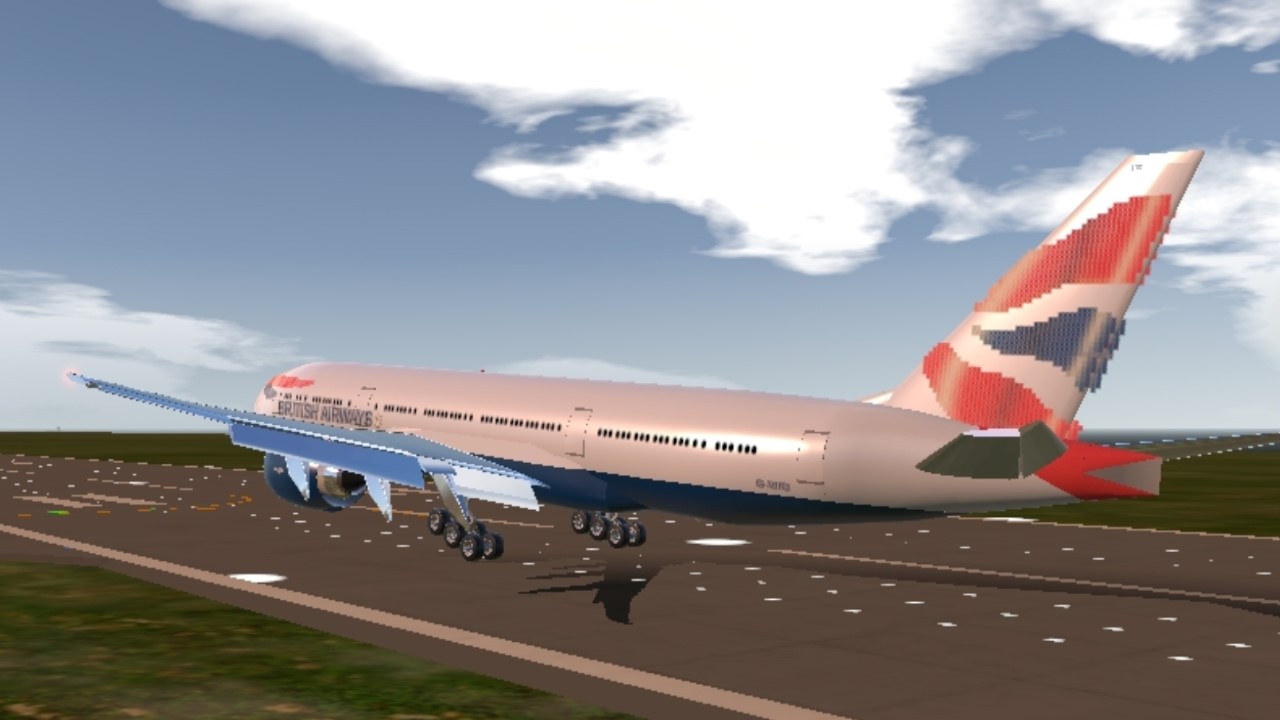
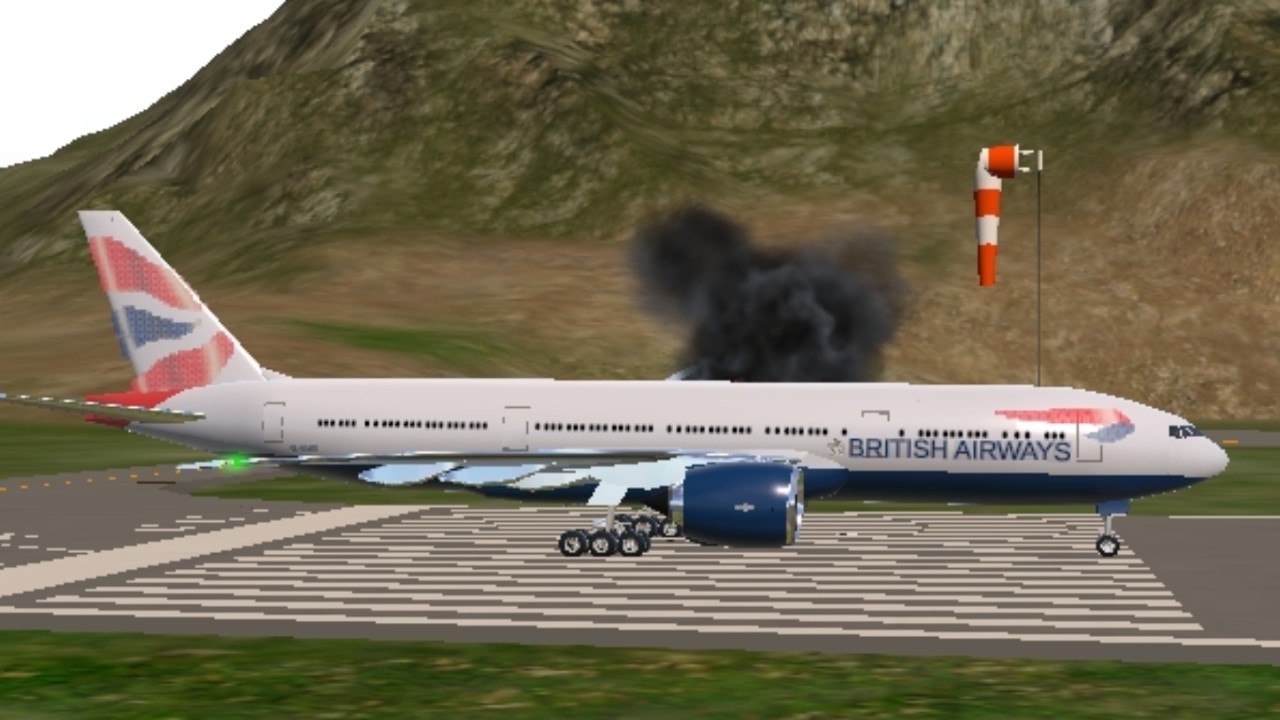
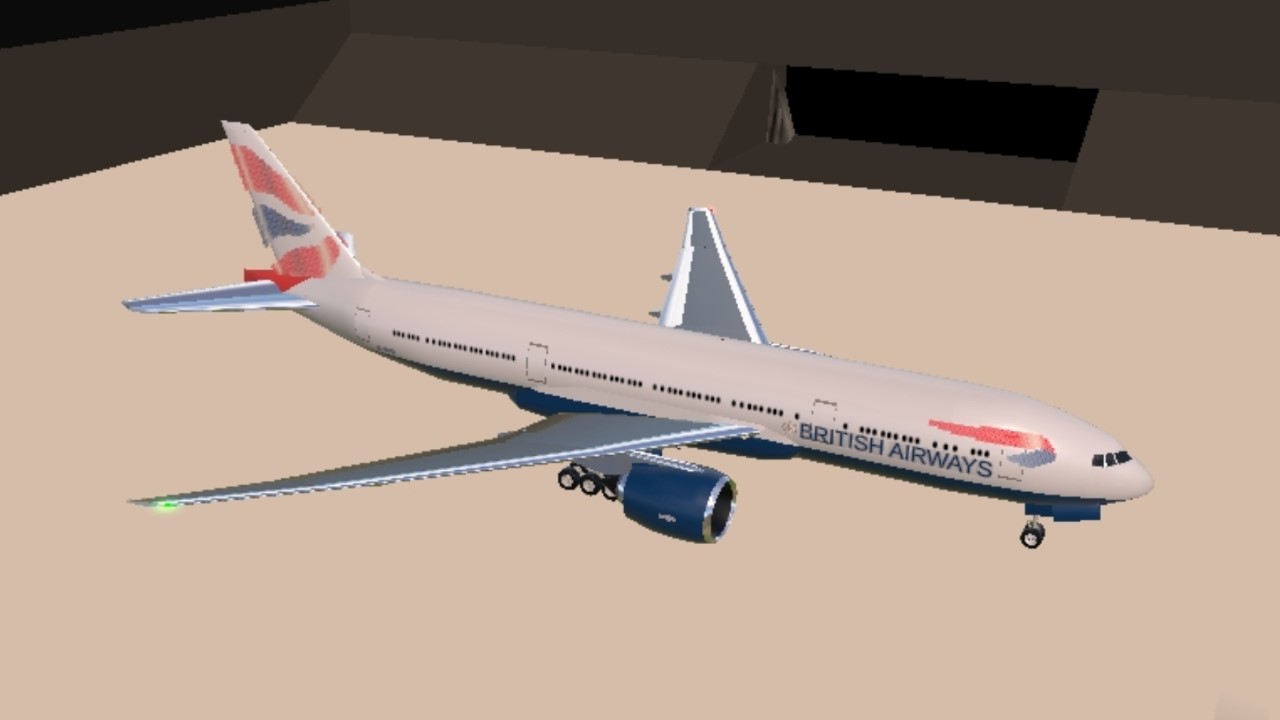
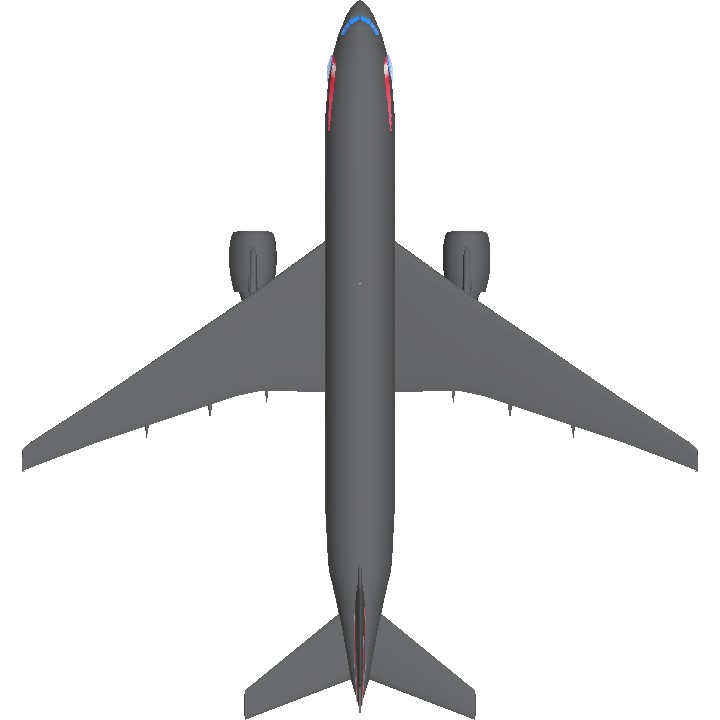
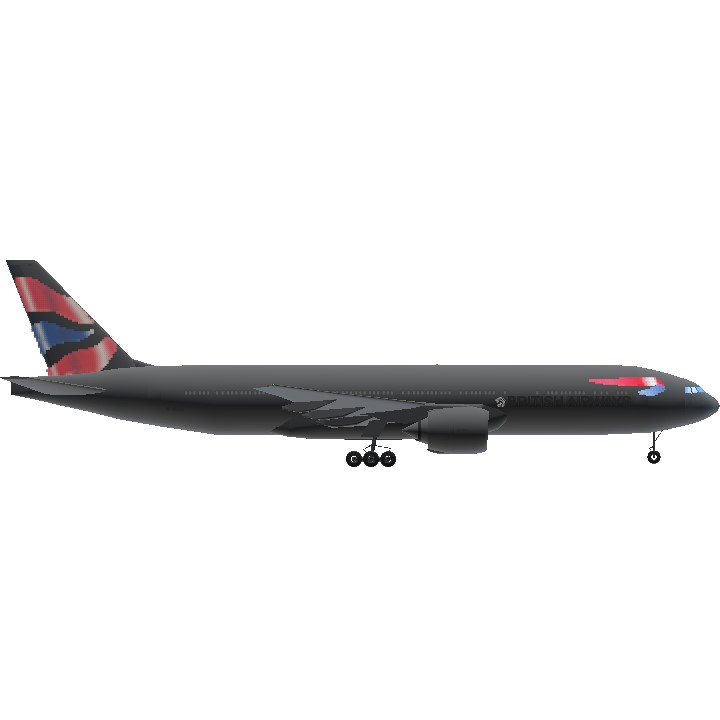
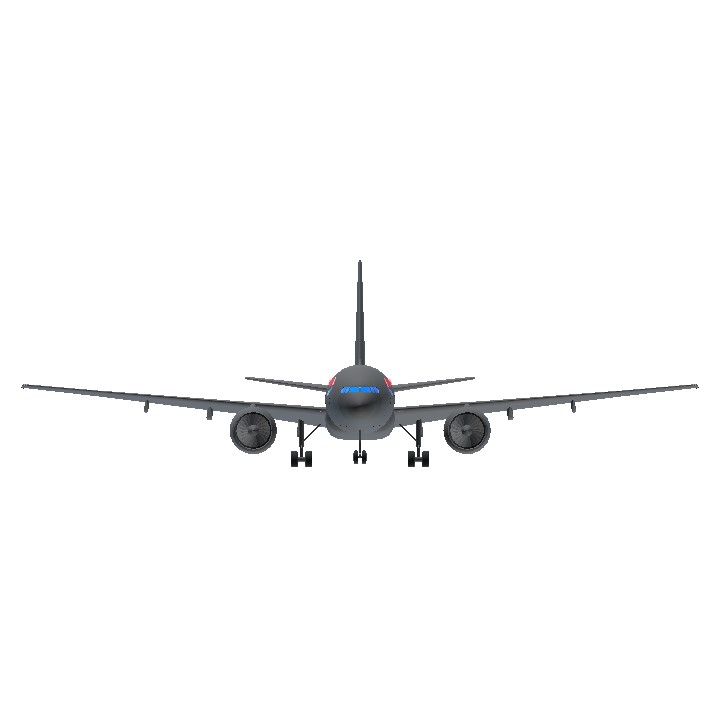
oh damn it